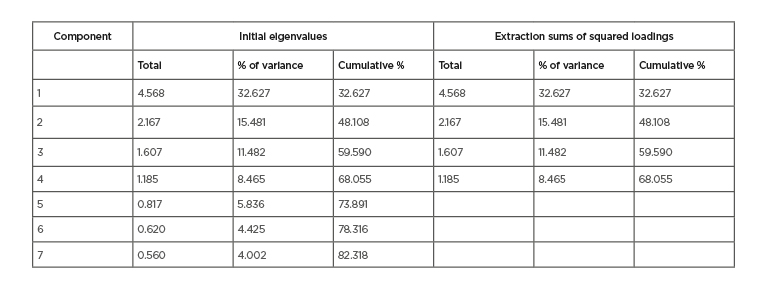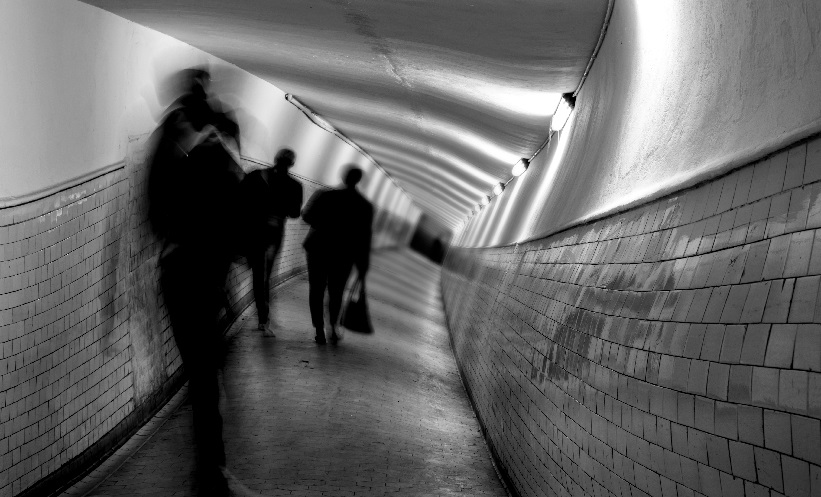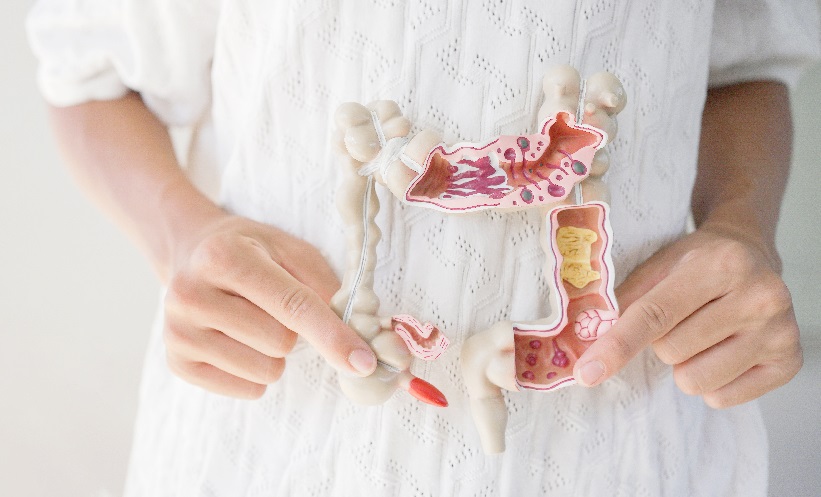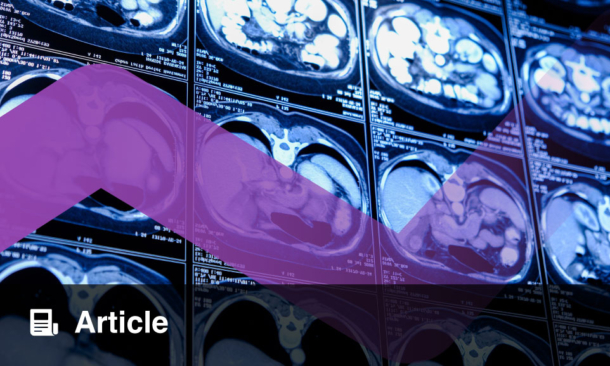BACKGROUND AND AIM
Patient well-being has always been a guiding value in the conduct of radiographers, which is currently a measurable requirement, incorporated into a fundamental concept: the provided quality of care. Thus, in this context, universities have an increased responsibility in preparing future radiographers so that they can respond to the patient’s needs. This training is a process under constant development, in which the necessary conditions for radiography student participation must be provided. The main purpose of the present research was to investigate academic intrinsic and extrinsic motivation, and amotivation as a function of age and gender in radiography students across the country.
METHOD
A paper-based survey was used, based on an original French scale (Echelle de Motivation en Education), later translated into English by the authors Vallerand et al.1 This scale consists of 28 items subdivided into seven subscales, scored on a Likert scale of 1 (“strongly disagree”) to 7 (“strongly agree”). This seven-factor uncorrelated measurement model allowed the assessment of: a) the intrinsic motivation for learning, for accomplishment, and for stimulating experiences; b) external regulation, introjected regulation, and identified regulation (extrinsic motivation); and c) amotivation.2-4 A final sample of 314 radiography students was obtained, 78.3% of radiography students were from public universities.
RESULTS
Exploratory factor analysis with the extraction of the factors through the principal component analysis using varimax rotation was performed and four new factors/dimensions were obtained (Table 1).5

Table 1: Total variance explained.
Extraction method: principal component analysis; SPSS output.
Factor 1 explained 32.6% of the total explained variance and the remaining three factors explained 15.5%, 11.5%, and 8.5%, respectively.5 Together they explained approximately 68% of the total variability. Acceptable values of internal consistency were obtained for the items of the various dimensions, since Cronbach’s alpha values were between 0.851 for the identified regulation and 0.745 for the introject regulation.3,5-7 There were statistically significant differences in motivation between female and male students (p<0.05);1,8 it was also found that age, gender, type of education, and curriculum year influence the academic motivation of radiography students.1-3,7,8 The self-determined motivation (SDF) index was also evaluated, and was found to be statistically correlated with all the motivation subscales.1 It was observed that learning is the subscale most strongly and directly correlated with the SDF (rho: 0.565; p=0.000) and the introject regulation is the least correlated (rho: 0.206; p=0.000). In fact, there is a moderate and direct relationship between the SDF and all subscales (motivation rho: 0.521; p=0.000, identified regulation rho: 0.371; p=0.000).1,3,8
CONCLUSION
The present research has allowed the authors to map the dimensions of motivation that characterise the undergraduate radiography course. The motivation of the radiography students could be described by four dimensions: learning process, identified regulation, introjected regulation, and amotivation. In general, radiography students have high levels of intrinsic and extrinsic motivation and low levels of amotivation. These signs may suggest that these radiography students have good academic performance and a self-determined behaviour.2,8Further research is required; however, the authors consider it essential for universities to develop and delineate strategies during training that encourage a motivated behaviour from radiography students.








